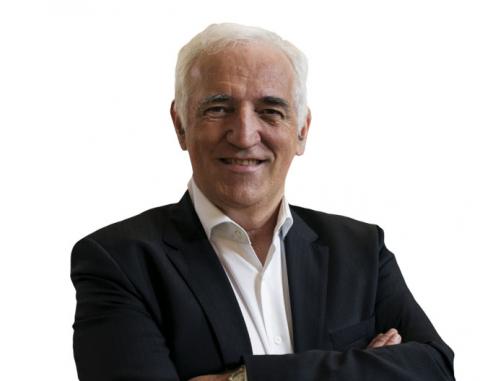Last week saw the annual LHC performance workshop in Chamonix. These workshops are an essential part of the LHC’s annual cycle, an opportunity for the LHC experiments to discuss their priorities with the accelerator community, and for us all to come up with the best plan for the year, optimising the wishes of the experimental community with what can most realistically be achieved with the accelerators over the coming months.
The meeting runs over four days, and is also attended by members of the LHC’s Machine Advisory Committee, MAC, a group of accelerator experts from around the world chaired by Norbert Holtkamp of SLAC. This year, some 213 people were registered for the Chamonix workshop, with 44 present for the full four days. Friday was devoted to a closed meeting and a close-out session of the MAC.
This year, we spent the first two days preparing for the 2017 run and planning for Run 2 and Run 3, with attention on Wednesday and Thursday turning to the LHC Injectors Upgrade (LIU) and High Luminosity LHC (HL-LHC) projects. The final session was dedicated to preparing for the LHC’s second long shutdown, LS2, which will entail two years of general maintenance of the injectors and the LHC, the herculean task of LIU installation, HL-LHC underground civil engineering, which cannot be done during LHC operation, and substantial detector upgrades.
The other big question as we go forwards is, of course, the beam energy. At the end of the 2016 run, we had a dedicated campaign to re-train the dipoles in sectors 3-4 and 4-5. Progress was encouraging: over a period of ten days, we reached a magnetic field equivalent to a beam energy of 6.75 TeV. A considerable amount of data was collected over those ten days, and we are now in the process of analysing those data in order to define our strategy how and when to reach the full design energy of 7 TeV per beam.
As we move towards LS2, which will begin at the end of 2018, attention is turning towards interleaving ordinary machine development with machine development for the LIU and HL-LHC projects, and much progress was made on this front also in Chamonix. For anyone wishing to know more, the presentations are available on Indico, and I’ll be giving a brief summary of the workshop in the Main Auditorium at 14:00 on 1 March. I hope to see many of you there.

